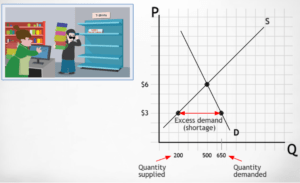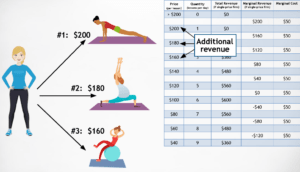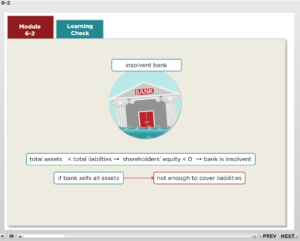Updated on 1/18/19
Summary
Professor Allen Mincer (Physics) flipped CORE-Quarks to Cosmos, a large lecture course for non-science majors. He developed original content to replace the use of two required textbooks; students engaged with material outside of class and participated in collaborative, active learning activities in class.
The current iteration of the course includes additional resources on background information for primary skills (unit conversion, estimation, dimensional analysis), as well as opportunities for metacognitive activities (e.g., self explanation).
Learning objectives
- Increase active learning opportunities for students to engage more deeply with concepts
- Provide proper support for non-majors learning complex science content
- Eliminate the need for students to purchase costly textbooks
“No textbook really deals with the material in this course in a way that fits what I wish to teach. But I feel that students need a way to go over the topics covered in lecture, as it is too easy to miss something when it is just heard once.” – Professor Allen Mincer
“No textbook really deals with the material in this course in a way that fits what I wish to teach. But I feel that students need a way to go over the topics covered in lecture, as it is too easy to miss something when it is just heard once,” describes Professor Mincer. The creation of freely available course materials, or Open Educational Resources (OER), allows him to cover topics more efficiently and allow students to use online delivery to review “anywhere, anytime”. Professor Mincer also developed a custom simulation on the topic of Parallax, which allows students to interact with this challenging topic in real time.
Pairing a flipped course structure with OER plays an essential role in meeting pedagogical goals, such as increasing student engagement and learning. In the spirit of affordability, OER will also eliminate the need for students to purchase textbooks that they might only need for a single course.
EXAMPLES OF CONTENT
#1. Parallax simulation: Click to access simulation
#2. Video lecture on how the Greeks calculated the size of the Earth
#3. Video demo of the Electroscope
#4. Video demo of the cathode
Student experience
- Engage with lecture videos, interactive modules, and simulations outside of lecture time
- Participate in hands on lab activities
- Collaborate on group activities and review material during lecture time
Technology resources
Outcomes
- Custom content replaced two textbooks, leading to total student cost savings of over $42,000 per semester
- Increased scores for students performing at the intermediate and advanced levels
- Ability for students to review lecture material anywhere, anytime
- Recognition that future iterations should build in additional remediation needs for students with less exposure to physics concepts.











